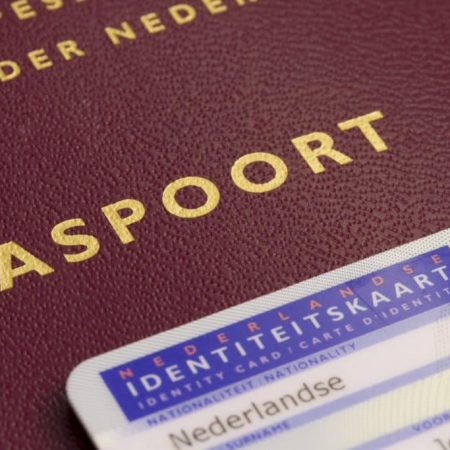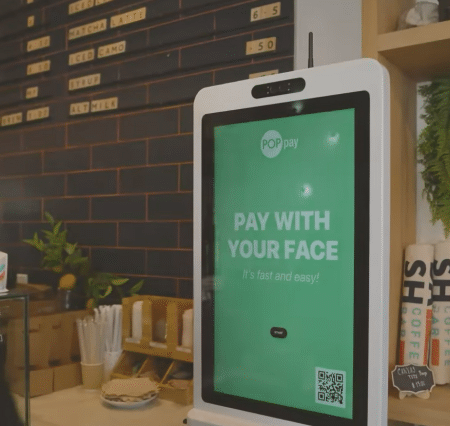Thoughtful Biometrics: DNA, vendor-tactics, better signage and finding common ground
The virtual Thoughtful Biometrics “unconference” on all things biometric generated fifteen different sessions, chosen at the start of the day then run by participants. Industry, government, and civil society member joined from around the world to have their say.
“I’m super pleased at the diversity of perspectives we were able to bring together including having serious participation from government folks from the U.S. and Canada,” organizer Kaliya Young told Biometric Update.
“There were folks from a range of different parts of NIST, OBIM and Canadian officials working on border modernization.”
Event sponsors included Paravision, Simprints, and ID2020, and Veridium CTO Dr. John Callahan was among the organizers.
Sessions covered areas as broad as how to secure DNA in biometric authentication, risks from using 2D barcodes for ID and how better signage is needed for indicating how, where, and why biometrics are being used in public.
A group considered how private identity companies go about discussing their platforms and selling them to governments and whether or how others can attempt to intervene.
One session in particular struck at the heart of the hoped outcome of the (un)conference, according to Young. The session titled “Stimulating a more nuanced discussion with policymakers and implementers” sought to help see sometimes opposing sides of biometric usage gain some common ground, particularly as technology may have evolved faster than ideas and understanding in some areas.
Regulation was covered in multiple sessions – for digital identity as well as biometrics. Both can rely on an “authoritative source,” but what is that and when is it not as authoritative as one believes.
Participants discussed practicalities such as how biometrics use should be announced and whether an individual can ever “regain control” once they have had their biometrics captured by their government.
As more technologists devise ever further ways to track personal features and behavior, a session discussed what should actually be considered a biometric and how can the various behaviors and markers be regulated.
Even more conceptual issues were tackled, still in a practical sense, such as the probabilistic nature of biometrics. Given the fact they can fail, how can this impact on user experience? How do systems allow for smooth use or access?
A PDF book of proceedings based on the notes taken in the sessions will soon be published and made publicly available.







